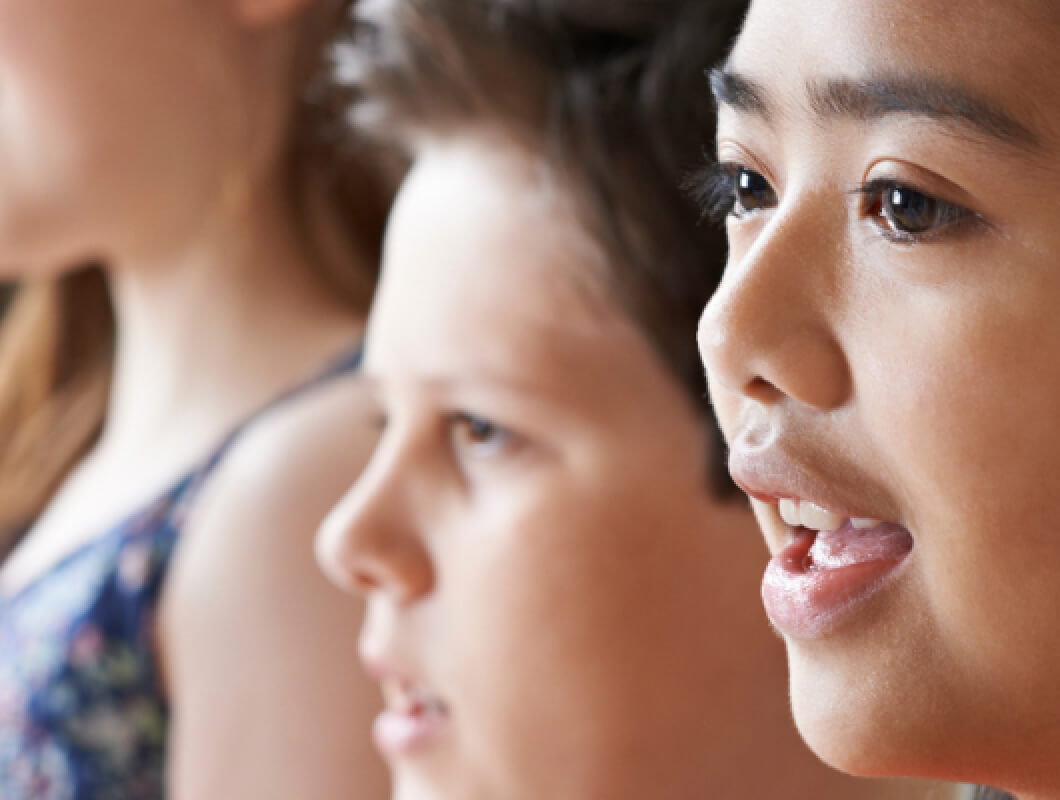The Cohort
The Growing Up in New Zealand Cohort
Growing Up in New Zealand is following more than 6,000 New Zealand children until they turn at least 21.
The children were recruited in 2009 and 2010 in Auckland, Counties Manukau and Waikato District Health Board regions.
The ethnic and socio-economic make-up of the Growing Up in New Zealand cohort reflects that of the broader New Zealand population.
The size and diversity of the Growing Up in New Zealand cohort is one of its key strengths and is important because it means the information we collect is especially useful for policy development and research.
In addition to the primary cohort, we have an additional 200 families whom we refer to as our “Leading Light: Te Roopu Piata”. These children are about six months older than those in the main cohort and touch base with them before every data collection wave to ensure that the information we collect is fit-for-purpose and that it works with our diverse children and families.
The children were recruited in 2009 and 2010 in Auckland, Counties Manukau and Waikato District Health Board regions.

Key facts about our cohort:
- Around a quarter primarily identify as Māori (24%).
- 20% identify as Pacific (21%).
- A sixth of children identify as Asian (16%).
- Two-thirds identify as Pakeha New Zealanders or Europeans.
- Nearly half of all the children identify with more than one ethnic group.
- Around 10% of children can speak Te Reo Māori.
- At four years of age, 88% of children had at least one sibling.
- At four years of age, one in seven children were living in high deprivation.
- Almost all children attended Early Childhood Education prior to starting school.
- One in ten children recorded either a hearing or vision problem in the B4 School Check carried out at age 4 or 5.
- Almost all children were attending primary school by age 6.
- Most children travelled by car to school.
Mothers at the time of recruitment (2009/2010)
- Growing Up in New Zealand mothers were between 15 and 47 years of age when they gave birth. The average age of mothers when giving birth was 30 years.
- Around 5% of all mothers were teenagers at the time of giving birth.
- Nearly half were first-time mothers.
- Around 40% of the children were not planned.
- Fertility assistance was used by 10% of mothers to get pregnant.
- Just over 5% of mothers were not in a relationship during late pregnancy.
- More than half of the mothers were working in the last trimester of their pregnancy.
- Half of all mothers identified as NZ European, 18% as Māori, 15% as Pacific and 15% as Asian.
- More than a third of all mothers could speak more than one language.
- A fifth of all mothers spoke a language other than English in the home.
Fathers at the time of recruitment (2009/2010)
- Fathers ranged in age from 16 to 64, with an average age of 33.
- Around 57% of fathers identified as NZ European, 15% as Māori, 12% as Pasific, 14% as Asian.
- More than 80% of fathers were working when the mother was in the last trimester of pregnancy.
- Almost a third of fathers can speak more than one language.
The parents
- Nearly all can have a conversation in English (97%).
- More than a third have tertiary education qualifications.
- Around 8% of mothers and 12% of fathers are students.
- The most usual languages spoken at home after English are:
- Samoan
- Hindi
- Tongan
- Mandarin
- Nearly 63% of our parents are either married or in a civil union.
- The median household income in the year before the children were born was between $70,000 and $100,000.
%201.svg)